/d2cacae4-4d2a-4825-a655-ef65322944c8_1.png)
Letter Format
Review Rating Score
You probably know that you should not end a letter to a close family the same way you would end one to your manager. Each different phrase has subtle connotations attached to it that can shape your recipient's reaction. To understand how to end a letter, look at the following goodbye phrases and the situations in which they should be used.
How to draft a letter?
Check this file and learn more about the simplest and most useful letter closings that you can use in a formal business setting:
They are appropriate once you have some knowledge of the person to whom you are writing. You may have corresponded via email a few times, had a face-to-face or phone interview, or met at a networking event. These letter closings are also appropriate once you have some knowledge or connection to the person to whom you are writing: Warm regards, Best wishes, and appreciation. Because they can relate back to the content of the letter, they can give closure to the point of the letter. Only use these if they make sense with the content of your letter.
There are several ways to end a formal or informal letter, but what is the right one for you? These letter closings fill the need for something slightly more personal and common. Have a look at these letter signoffs:
- Best: Ending your letter with best, all the best, all best, or best wishes indicates that you hope the recipient experiences only good things in the future. Although it is not quite as formal as sincerely, it is still acceptable as a polite, formal/semi-formal letter ending, proper for business contacts as well as friends.
- Best regards: Quite like ‘Best’ sign-off, best regards means that you are thoughtful of the recipient with the best of feelings and intentions, but a little more formal.
- Warm regards: A semi-formal variation is warm regards, and an even more formal variation is simply regarded.
- Sincerely: Sincerely (or sincerely yours) is a safe choice the go-to sign-off for formal letters, and with good reason, if you are not overly familiar with the letter's recipient, as it is preferable to use a sign-off that is both common and formal in such a situation.
- Speak to you soon: Variations to this goodbye phrase include see you soon, speak to you soon, talk soon, talk to you later, and looking forward to speaking with you soon, casual signoffs that indicate you are expecting to continue the conversation with your contact.
- Thanks: This is an effective ending to a letter when you want to show gratitude. Do not use it if there is no reason to thanking them or if it is not yet needed.
- Take care: Take care is also a semi-formal way to end your letter. Like the sign-off all the best, this ending wish that no harm comes to the reader; however, like ending your letter with yours truly, the word choice is less formal and implies that the writer is at least somewhat familiar with the reader.
- Yours truly: This is where the line between formal and informal begins to blur. Yours truly carries a familiar casual tone and suggests that you are devoted to the recipient in some way (servant, friend, etc.).
- Your friend: Though it may seem obvious, ending a letter in this way is informal, and, as the sign-off itself states, is to be used only when writing to your friend.
- Cheers: Cheer is a lighthearted ending that expresses your best wishes for the reader. Due to its association with drinking alcohol, it's best to save this sign-off for cases where you are familiar with the reader and when the tone is optimistic and casual. Also note that because cheers are associated with British English, it may seem odd to readers who speak other styles of English and are not very familiar with the term.
- With love: This ending (or the even simpler variation, love) signals a familiar and intimate relationship with the reader. In other words, this sign-off should be used only in letters and emails to people with whom you are very familiar.
- Blank space / No sign-off: Having no sign-off for your letter is unusual and can happen in short messages back-and-forth. For the rest, it is best to avoid.
- Hugxxx: Because this sign-off signifies "hugs and kisses," xoxo”, it's probably best that you reserve it for letters addressed to those closest to you. Don’t use it in formal closings of your business letter.
Letter Format
- Short introduction paragraph - indicate that the recipient’s employment with the company is terminated. Either indicate it is immediate or give a specific date}}.
- {{Provide reasons These reasons may be related to their performance or related to the state of the business. Reference any prior efforts to help the individual to improve their performance or warnings about the need to improve performance}}.
- Provide information on how they should handle any company items such as keys, badges, or equipment}}.
- Provide details about any benefits or compensation that may be provided. This may include help-seeking other employment, severance pay or insurance extensions}}.
- Close the letter. If the separation is due to the employee’s performance, indicate your regret but that you had to make this decision. If termination was a result of company issues, indicate your regret and willingness to help in any way}}.
Punctuating Farewell Phrases
When writing your sign-off, it's important to remember to use proper capitalization and punctuation. Only the first word should be capitalized (e.g., Yours truly), and the sign-off should be followed by a comma (or an exclamation mark in some informal settings), not a period. Here are a few examples:
- Yours truly,
- Thanks!
- Best regards,
- Email Signatures
- Emails provide options of creating a standard signature, including contact information (title of your position, or your degree(s), after a comma in the same line as your name)
Postscripts end of the letter
A P.S. (or postscript) comes after your sign-off and name. It is meant to include material that is supplementary, subordinated, or not vital to your letter. It is best to avoid postscripts in formal writing, as the information may go unnoticed or ignored; in those cases, try to include all information in the body text of the letter.
For this and more, download this Letter format for your reference. Download this sample format letter template now for your references.
Is the template content above helpful?
Thanks for letting us know!
Reviews
Bernita Matthews(6/4/2021) - USA
I wan tto express my thanks
Apolonia Wright(6/4/2021) - AUS
This file will be useful for my boss
Avelina Logan(6/4/2021) - GBR
Thank you for this!!
Gus Jimenez(6/4/2021) - GBR
finest letter today
Nicky Fry(6/4/2021) - AUS
Grateful!!
Last modified
Our Latest Blog
- The Importance of Vehicle Inspections in Rent-to-Own Car Agreements
- Setting Up Your E-mail Marketing for Your Business: The Blueprint to Skyrocketing Engagement and Sales
- The Power of Document Templates: Enhancing Efficiency and Streamlining Workflows
- Writing a Great Resume: Tips from a Professional Resume Writer
Template Tags
Need help?
We are standing by to assist you. Please keep in mind we are not licensed attorneys and cannot address any legal related questions.
-
Chat
Online - Email
Send a message
You May Also Like
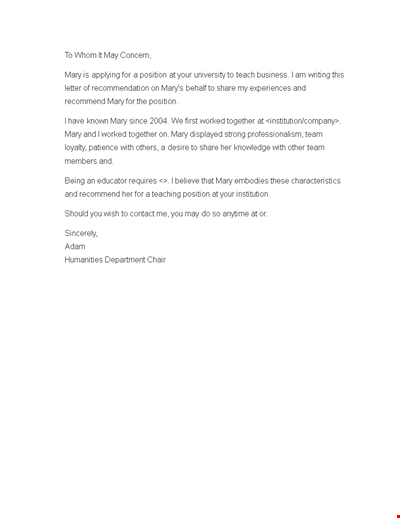
Recommendation Letter for a Position
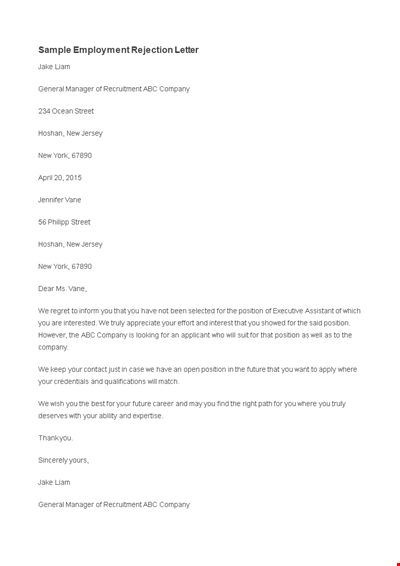
Sample Employment Rejection Letter

Good news letter example
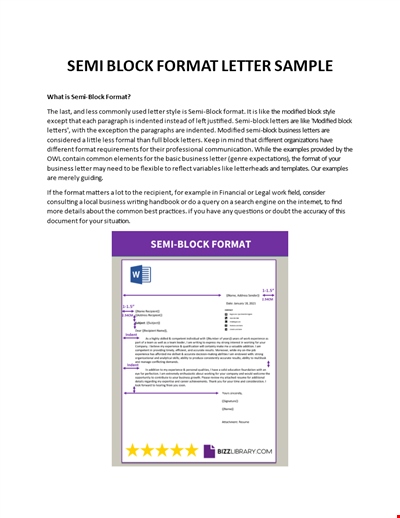
Semi Block Format Letter Template

Clean corporate Presentation Template
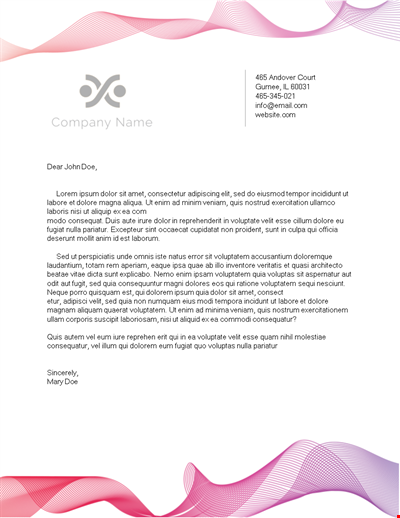
Letterhead Business Word
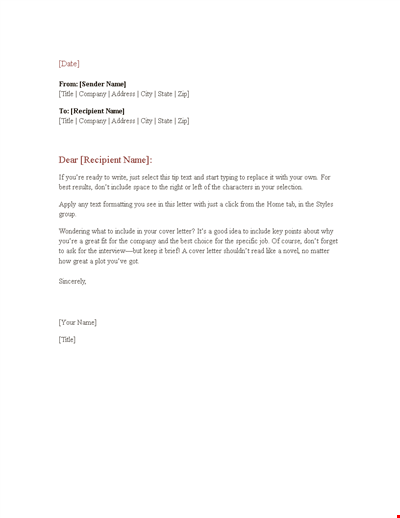
Include and Format Your Formal Business Letter Correctly

Travel Business Letterhead Format
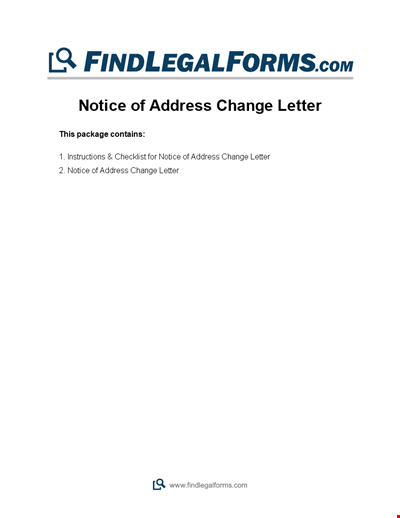
Formal Letter For Change Of Address Format
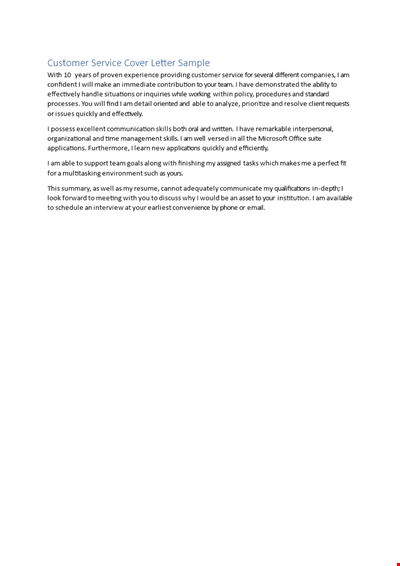
Basic Customer Service Letter Text

White Hat Eulogy Example
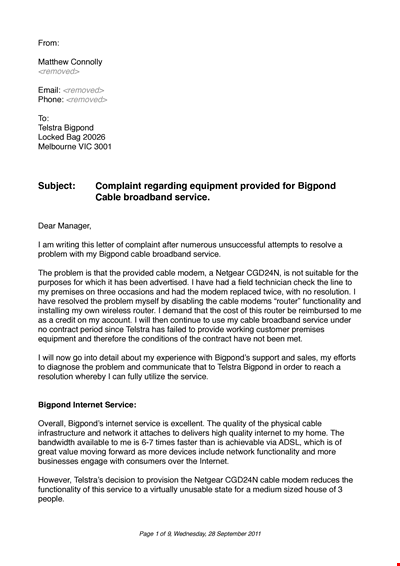
Complaint Letter Format for Poor Internet Service - Improve Your Network, Internet, and Router

Childcare Voucher Template | Get Discounts on Childcare with Vouchers
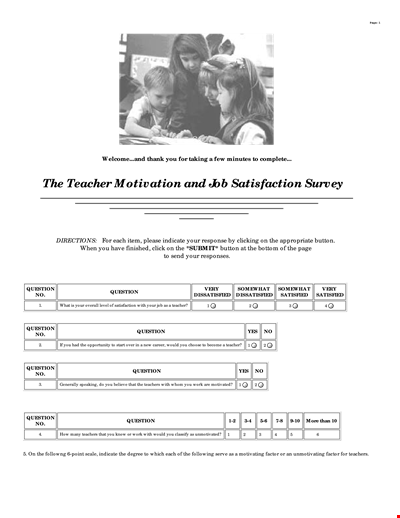
School Teacher Satisfaction Survey: Evaluating Teacher-Student Experience and Years of Service

Final Corporate Strategic Plan for Community Strategic County Norfolk

Company and Financial Management - Iberia Group